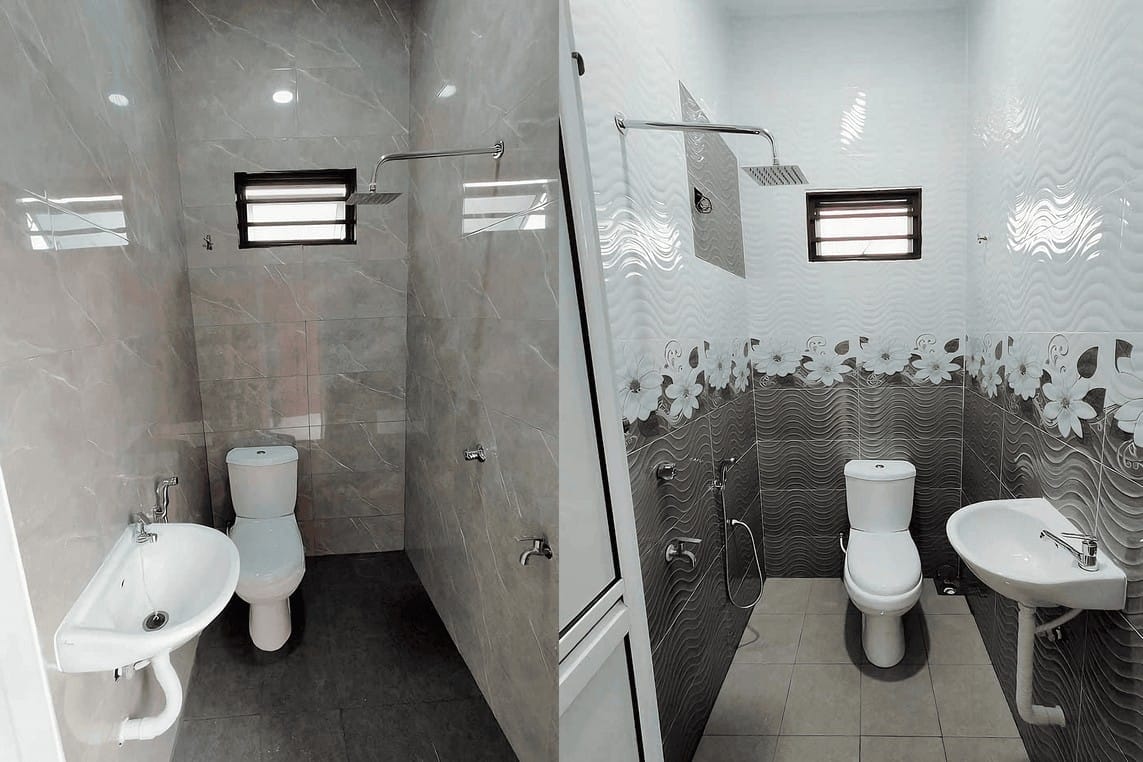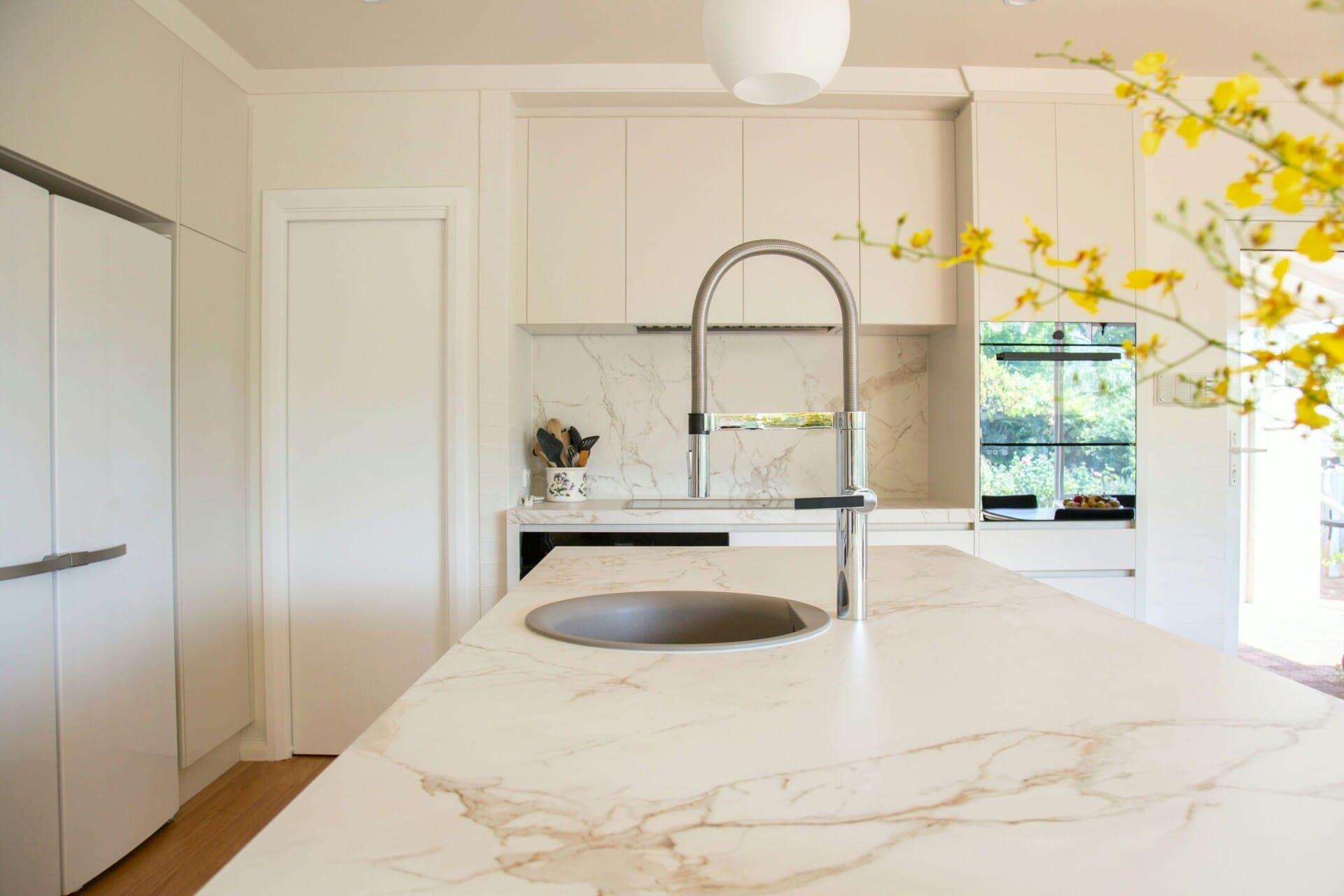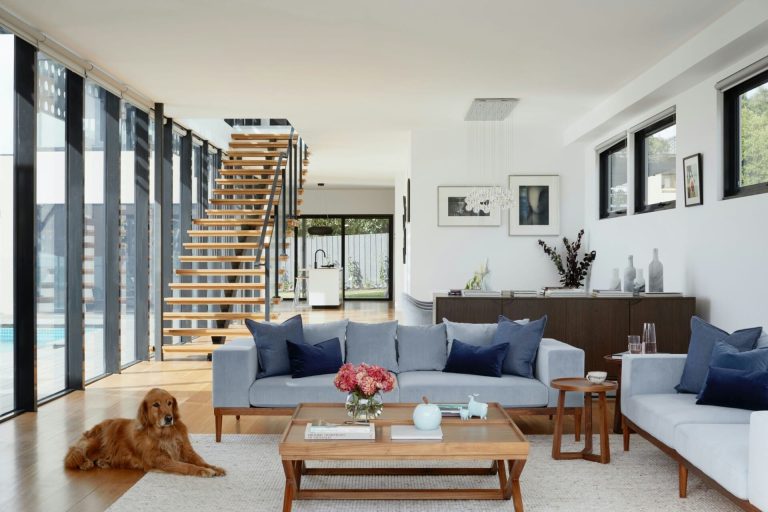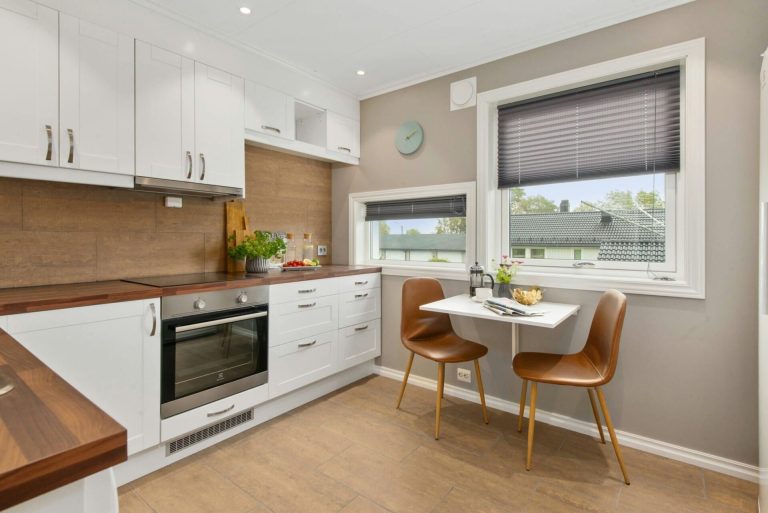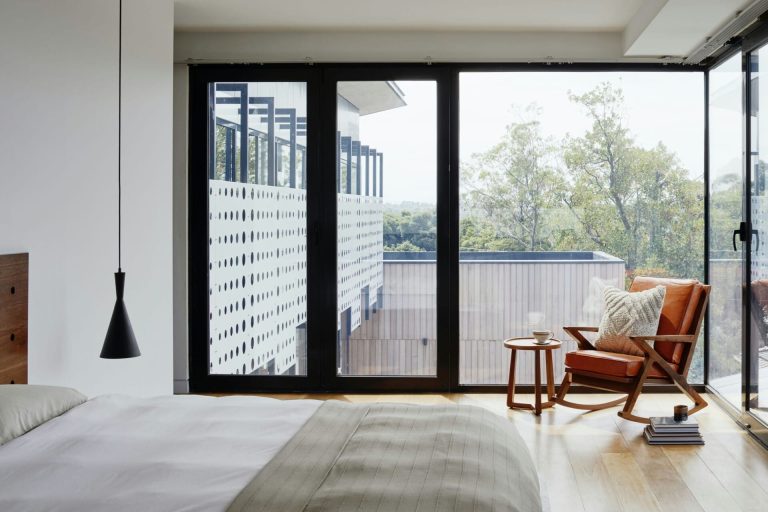Hey there, fellow Malaysians! 🌏 Have you ever thought about how our beautiful country can become a better place for everyone? Imagine a Malaysia where everyone, regardless of their abilities, feels welcomed and included wherever they go. This dream is slowly turning into reality thanks to the concept of Universal Design! 🌈
Universal Design isn’t just about ramps and accessible bathrooms (though those are important, too!). It’s about rethinking how we build our spaces, create our products, and shape our communities so they’re easily navigable by all. Whether you’re a busy parent with a stroller, an elder with mobility challenges, or someone with a temporary injury, Universal Design touches your life.
Join us as we explore how this innovative approach is paving the way for a more inclusive Malaysia—where accessibility isn’t just an afterthought but a fundamental right. Let’s dive in and see how Universal Design is transforming our daily lives and creating a society that truly embraces “Accessibility for All”! 🤝♿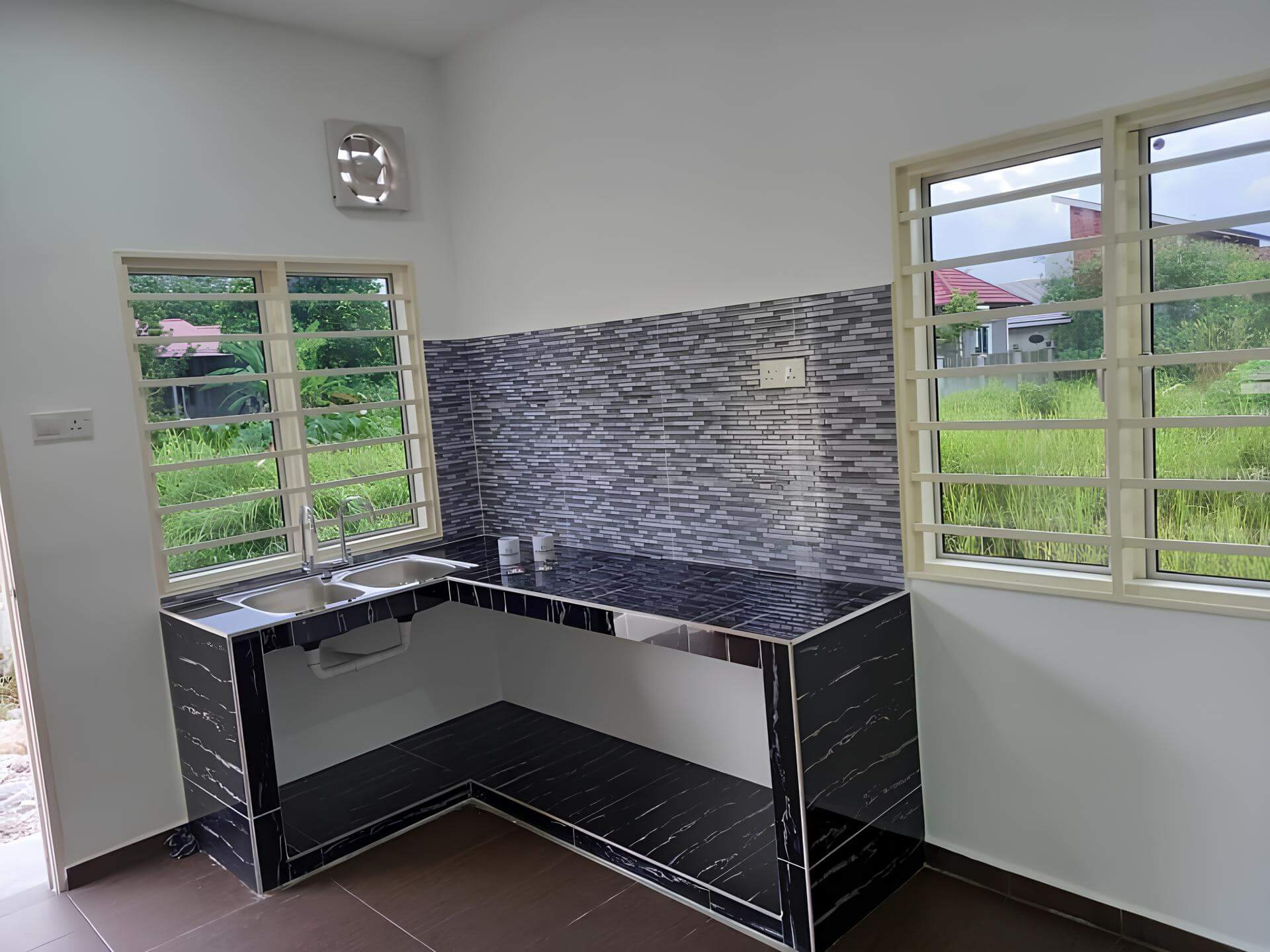
Understanding Universal Design and Its Impact on Inclusion
Universal design is all about creating products, environments, and experiences that cater to everyone, regardless of their abilities or disabilities. This approach strives to make sure that not just some, but all people can access and benefit from what’s available in their surroundings. In Malaysia, as we embrace diversity, universal design serves as a powerful tool that helps dismantle barriers and encourages welcoming spaces. By focusing on flexibility and simplicity, this concept emphasizes usability for a wide range of individuals and their unique needs.
One of the standout impacts of universal design is its transformative effect on public spaces. Think about the ramps, tactile paths, and auditory signals that make navigating urban environments easier for everyone. With these improvements, we’re not only fostering inclusion but also enhancing the overall experience for tourists and locals alike. The principles of universal design encourage architects and planners to consider how elements like lighting, signage, and seating can be universally accessible, ensuring that every member of our community feels welcome and valued.
Moreover, universal design extends beyond just physical spaces; it influences technology and communication as well. Digital accessibility features—such as voice recognition and screen readers—play a vital role in bridging the gap for individuals with varying abilities. As Malaysian society becomes more aware of these tools, we’re shaping an inclusive digital landscape that embodies the notion of unity. Here’s a quick comparison of how universal design can enhance different sectors:
| Sector | Universal Design Feature | Impact |
|---|---|---|
| Public Transport | Low-floor buses, audio announcements | Safer and easier travel for all |
| Retail | Wide aisles, accessible checkouts | Better shopping experience |
| Education | Flexible learning resources | Equity in learning opportunities |

Breaking Barriers: The Importance of Accessibility in Urban Planning
In a bustling city like Kuala Lumpur, the push for inclusivity is gaining momentum, with urban planners embracing the concept of universal design. This approach prioritizes creating spaces that accommodate every individual, regardless of their physical abilities. Imagine street corners equipped with tactile paving for the visually impaired, ample ramp access for wheelchair users, and benches strategically placed for those who simply need a moment to rest. This isn’t just about compliance with regulations; it’s about fostering a culture of acceptance and making sure everyone feels at home in their city.
As Malaysia embarks on this journey towards accessibility, it’s essential to highlight some key areas where urban planning can make a real difference:
- Transport Infrastructure: Introducing low-floor buses and well-designed transit stations can bridge the mobility gap for individuals with disabilities.
- Public Spaces: Parks and recreational areas should feature inclusive facilities, such as adaptive playgrounds and universally accessible pathways.
- Information Dissemination: Digital signage and maps can be designed to meet diverse needs, ensuring everyone is informed and engaged.
To truly understand the impact of these enhancements, let’s take a look at a few Malaysian cities and their progress in adopting accessibility measures:
| City | Accessibility Features |
|---|---|
| Kuala Lumpur | Inclusive transport systems, accessible sidewalks |
| Penang | Tactile pathways, wheelchair-friendly heritage sites |
| Johor Bahru | Adaptive public parks, sensory-friendly places |
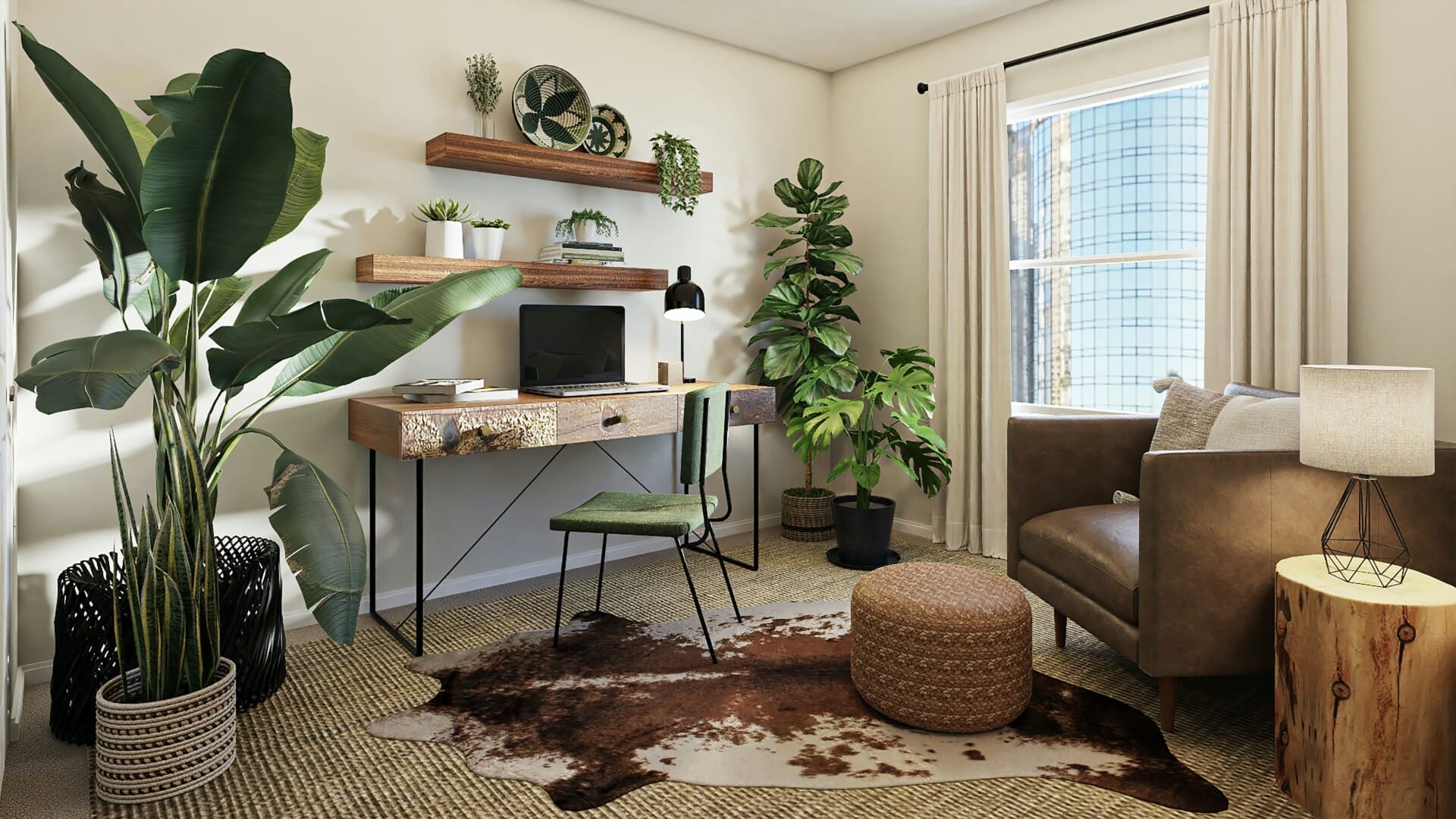
Rethinking Education: Creating Inclusive Schools for Diverse Learners
Education should be a place where every student feels welcomed and valued, regardless of their background or abilities. In Malaysia, the movement towards universal design in education is gaining momentum, aiming to provide equal opportunities for all learners. This means adopting teaching methods that cater to a variety of learning styles and needs, ensuring that no one is left behind. Schools are beginning to embrace this philosophy, focusing on creating environments where all students can thrive.
One key aspect of this initiative is the adaptation of physical spaces within schools. Many institutions are taking action to ensure their facilities are accessible to everyone. Some of the best practices include:
- Installing ramps and elevators for wheelchair users
- Designing classrooms that are spacious enough for students with mobility aids
- Implementing assistive technologies to aid learning for students with disabilities
Additionally, teacher training plays a crucial role in this inclusive movement. Educators are now being equipped with the skills to recognize and cater to the diverse needs of their students. Training programs are focusing on:
- Understanding various learning disabilities
- Implementing differentiated instruction strategies
- Promoting a culture of empathy and support in classrooms
By fostering a community that values inclusivity, Malaysia can lead the charge in reimagining the educational landscape. With ongoing efforts to integrate universal design principles, the dream of having schools that genuinely support and nurture the potential of every learner is well within reach.
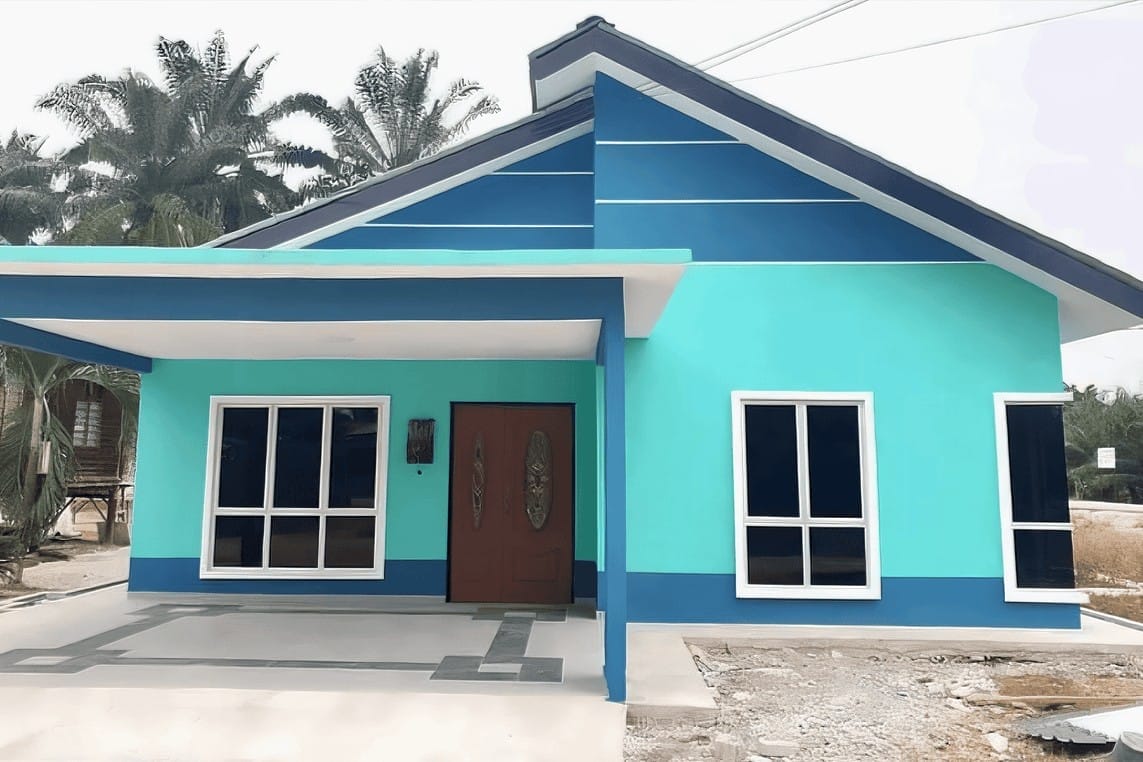
Enhancing Public Transport: Making Mobility Accessible for Everyone
Imagine hopping onto a bus or train without a second thought about accessibility – that’s the dream we’re working towards! Universal design is taking center stage in Malaysia’s public transport system, ensuring that all citizens, regardless of their physical abilities, can travel with ease and dignity. Innovations like low-floor buses, tactile paving, and audio announcements are just a few key features transforming the travel experience for people with disabilities. By prioritizing these enhancements, we’re not just creating a transportation network; we’re fostering a culture of inclusivity.
- Improved Infrastructure: Upgrading stations with ramps, elevators, and wider doorways helps accommodate everyone.
- Clear Signage: Color-contrasting signs and braille options make it easier for individuals with visual impairments to navigate.
- Dedicated Services: Introductions of assistance programs where needed, ensuring no one gets left behind during their travels.
Collaboration between government agencies, transport providers, and communities has been crucial in this journey. By engaging with people who require these services, we can identify gaps in the current system and explore solutions that truly meet their needs. An accessible public transport network not only boosts the confidence of individuals with disabilities but also benefits the wider community, encouraging a more connected and compassionate society. This commitment to universal design signifies a step toward a Malaysia where every voice matters and every journey counts.
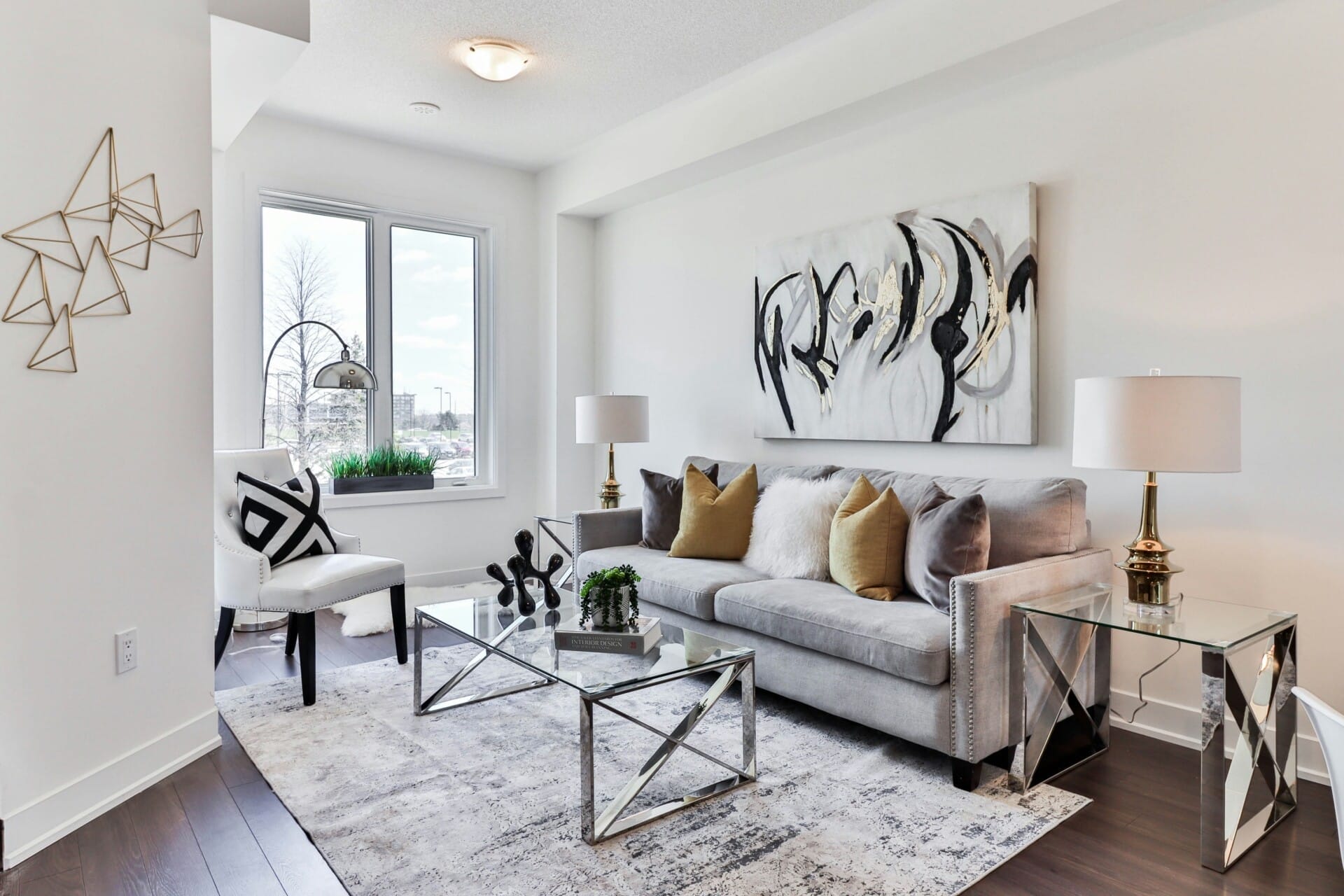
Reimagining Workspaces: Designing Offices for All Abilities
As we step into a more inclusive future, the importance of designing workspaces that accommodate everyone is becoming crystal clear. When we think about universal design, it’s not just about the physical layout but also about nurturing an environment where all individuals—regardless of their abilities—can thrive. Imagine an office where wide corridors allow easy navigation for wheelchair users, adjustable desks cater to different heights, and collaborative spaces inspire teamwork and creativity.
Creating such an office involves blending practicality with aesthetics. Consider these essential elements for an inclusive workspace:
- Flexible Furniture: Incorporating modular furniture that can be reconfigured based on users’ needs transforms how we use and experience space.
- Assistive Technology: Providing tools like screen readers and voice-activated systems ensures everyone can engage fully with their work.
- Accessible Amenities: Restrooms, break areas, and meeting rooms should be designed to be accessible to all individuals, promoting independence and comfort.
To visualize the impact of incorporating universal design principles, here’s a simple comparison of traditional versus inclusive workspace features:
| Feature | Traditional Workspace | Universal Design Workspace |
|---|---|---|
| Entry Accessibility | Steps only | Ramps and automatic doors |
| Workstation Flexibility | Fixed desks | Adjustable desks |
| Communication Systems | Standard equipment | Accessible technology for all |
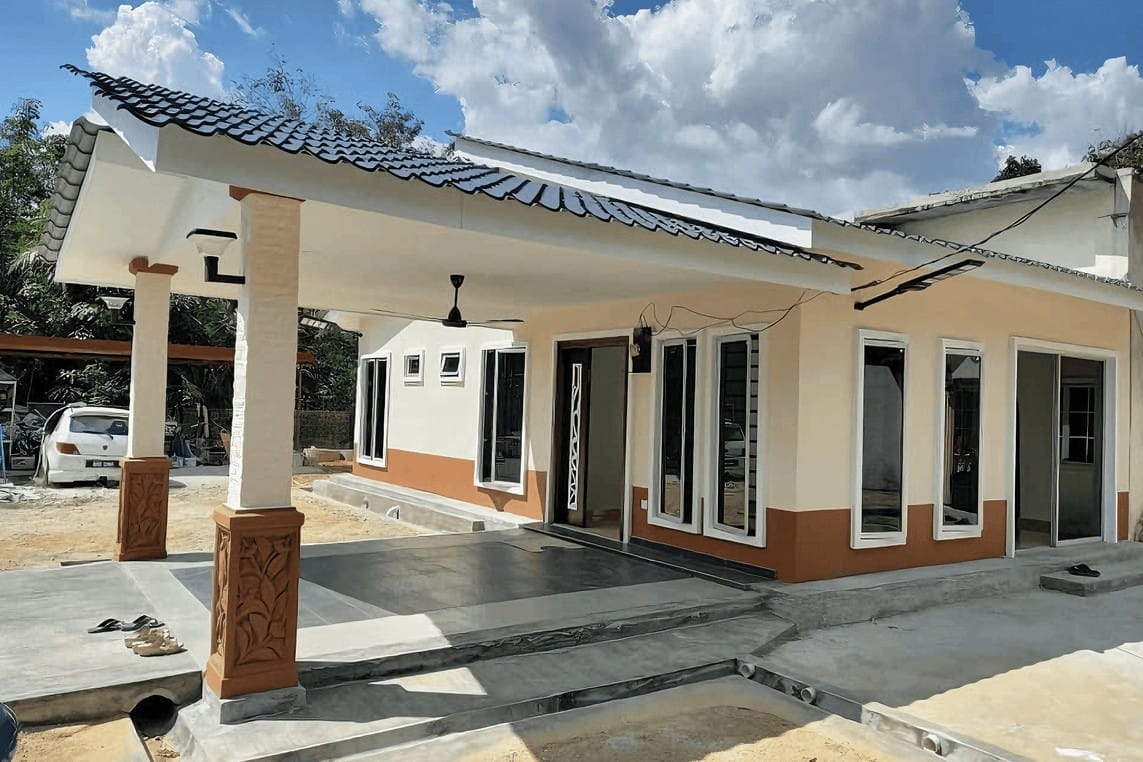
Community Engagement: Empowering Individuals Through Inclusive Practices
In Malaysia, community engagement is all about inclusivity and empowerment. It’s about creating spaces where everyone, regardless of their abilities, feels welcomed and valued. The push for universal design is a game-changer, ensuring that parks, public buildings, and even transportation systems are accessible to all. Imagine walking into a shopping mall where ramps, elevators, and clear signage work seamlessly together, making it easy for everyone to navigate!
Here are some key principles that drive effective community engagement through inclusive practices:
- Participatory Design: Involving community members in the planning process helps to identify their unique needs and preferences.
- Awareness Campaigns: Educating the public about inclusivity fosters a culture of empathy and understanding.
- Support Networks: Establishing groups that advocate for accessibility ensures that voices are heard and community priorities are met.
It’s important to evaluate the impact of these practices on our communities effectively. Below is a simple table illustrating different aspects of community engagement initiatives:
| Initiative | Engagement Level | Impact |
|---|---|---|
| Accessible Parks | High | Increased outdoor participation |
| Inclusive Workshops | Medium | Enhanced skill development |
| Awareness Drives | High | Improved community support |
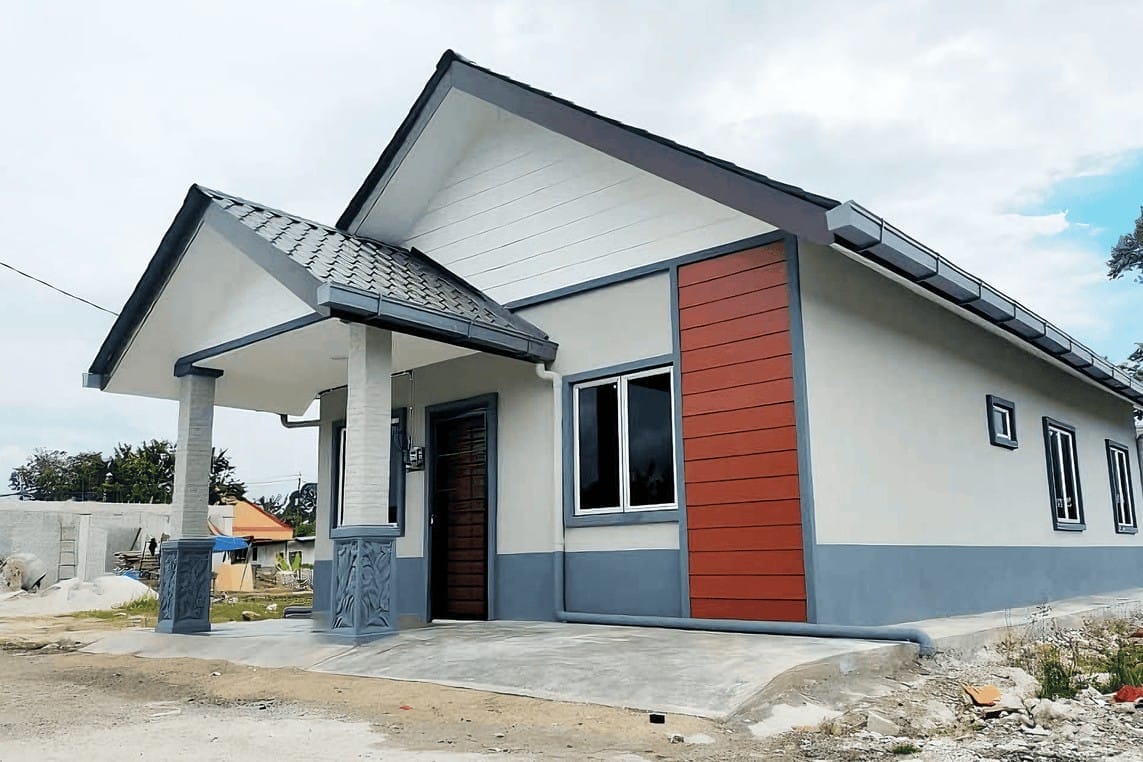
Technology and Universal Design: Bridging the Digital Divide
As Malaysia embraces the future, technology plays a crucial role in enhancing access for everyone, regardless of their abilities. Designing digital platforms with universal access in mind ensures that the internet is not just a privilege for some but a fundamental right for all. With features such as voice recognition, screen readers, and keyboard navigation, tech companies are actively working to create tools that help bridge gaps by incorporating the needs of individuals with diverse challenges. This thoughtful approach means that everyone has the opportunity to engage with digital content seamlessly.
Here are some key aspects of how universal design in technology is enhancing accessibility:
- Intuitive Interfaces: Simplified menus and consistent layouts help users navigate more easily.
- Adaptive Tools: Customizable settings allow people to tailor experiences according to their specific requirements.
- Inclusive Content: Multimedia alternatives, like captions and transcripts, ensure that information is available to all.
As we look towards the future, it’s important to recognize the impact of universal design beyond mere compliance. It fosters a culture of empathy and collaboration among Malaysians. A valuable step could be establishing a framework that encourages businesses and developers to prioritize accessibility from the outset. That could lead to a more vivid, diverse digital landscape where everyone’s voice is heard. To illustrate this vision:
| Technology Initiatives | Expected Outcomes |
|---|---|
| Accessible Websites | Greater user engagement and retention |
| Adaptive Learning Tools | Enhanced educational opportunities for all |
| Community Workshops | Increased awareness and skills in digital accessibility |
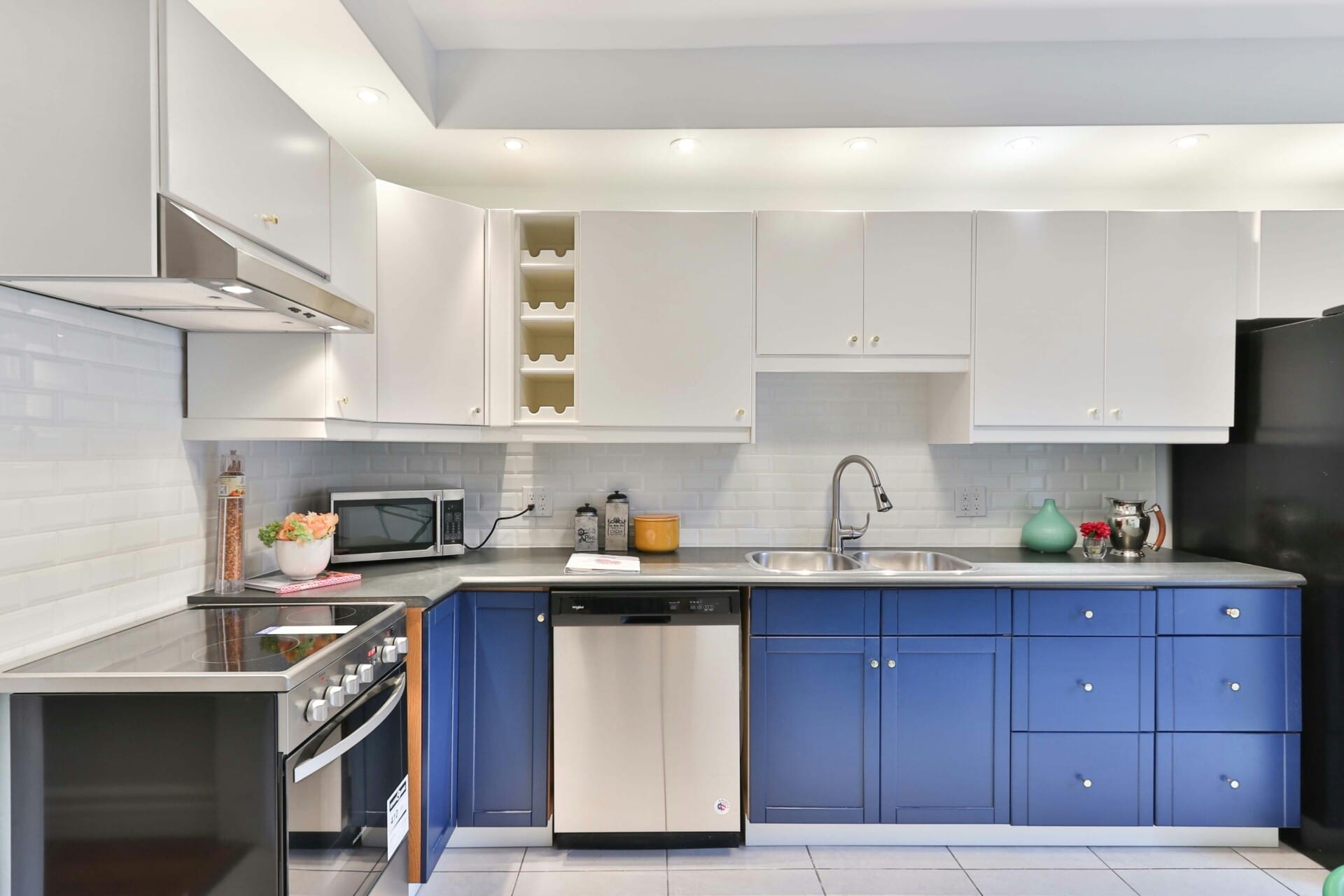
Policy Recommendations: Shaping a Future of Access and Equality in Malaysia
As Malaysia moves towards a more inclusive future, it’s vital for policymakers to adopt universal design principles across all sectors. This means rethinking how spaces, products, and services are created to ensure they are usable by all individuals, regardless of age or ability. A few actionable steps can be taken:
- Enhanced Infrastructure: Invest in public transport that accommodates wheelchairs and strollers, while improving pedestrian walkways with ramps and tactile paving.
- Accessible Digital Content: Ensure that government websites and public service portals comply with accessibility standards so everyone, including those with visual and hearing impairments, can access crucial information.
- Awareness Campaigns: Launch initiatives that educate the public about the importance of accessibility and inclusivity, highlighting how it benefits everyone in society.
Moreover, collaboration between various stakeholders is essential to create a robust framework for inclusivity. Local governments, businesses, and NGOs should work together to develop and implement policies that prioritize accessibility. Some strategies to consider include:
| Strategy | Expected Outcome |
|---|---|
| Inclusive Hiring Practices | Diverse workforce that reflects the whole community. |
| Community Feedback Mechanisms | Policies that genuinely meet the needs of all citizens. |
Lastly, adequate funding and government support are crucial to sustain these initiatives. Setting aside budgets specifically for making public spaces and services inclusive will show a commitment to equality. Let’s focus on fostering partnerships that can harness innovation in accessibility technology, ensuring that future modifications meet the highest standards of inclusivity. The vision for a more accessible Malaysia lies in our hands — it’s time to turn that vision into reality!
Wrapping Up
As we wrap up our journey through the world of Universal Design, it’s clear that Malaysia is on a promising path toward inclusivity. By embracing accessibility for all, we’re not just creating a more accommodating environment; we’re cultivating a society where everyone can thrive, regardless of their abilities.
Imagine strolling through parks where everyone can enjoy the beauty of nature or navigating public spaces with ease—those dreams are becoming a reality. As we advocate for better designs in our homes, schools, and communities, let’s be the voices for change that echo through every corner of our vibrant nation.
So, whether it’s a friend with a disability or a family member who’s aging gracefully, let’s stand together to champion Universal Design. Remember, when we design for everyone, we create a Malaysia that truly reflects our diversity and unity. Here’s to a future where accessibility isn’t just an afterthought, but a fundamental right. Cheers to building a more inclusive Malaysia for all of us! 🇲🇾✨